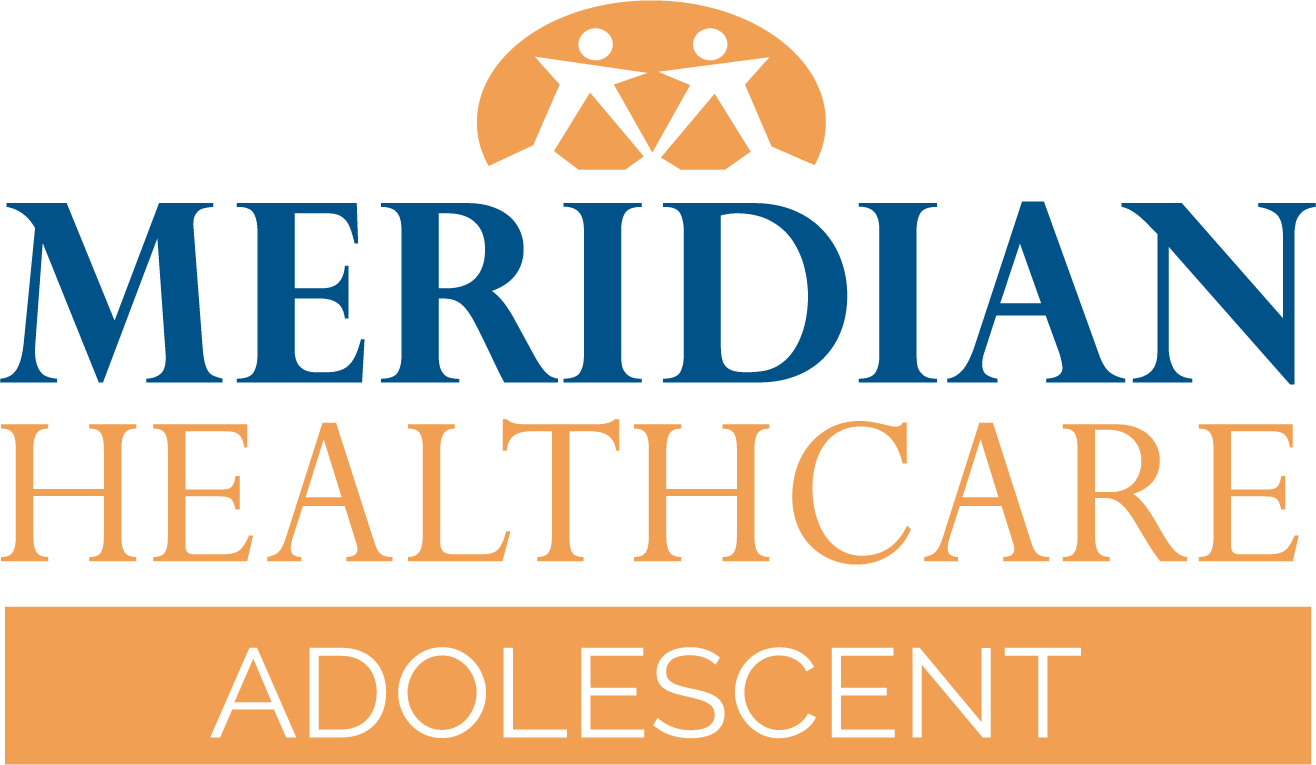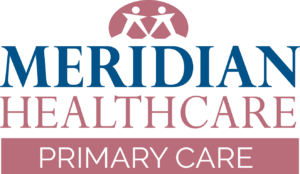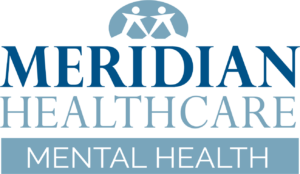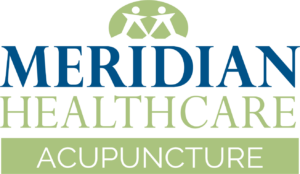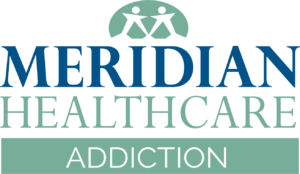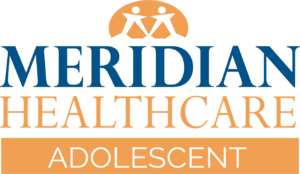Anxiety disorders affect millions of Americans, regardless of age. However, some conditions are more common when it comes to young people and children.
Generalized Anxiety Disorder
Generalized anxiety disorder (GAD) is a mental health condition that affects children and adults. It is characterized by persistent, excessive, and unrealistic worry about everyday events and situations. Children with GAD may worry about things like school, family, friends, and their own health, even when there is no obvious reason for concern. This type of anxiety is also common in older children as they begin to face pressures from external factors like schoolwork and peers.
Social Anxiety Disorder
Social anxiety disorder (social phobia) is a mental health condition that affects young children, adolescents, and adults. It is characterized by intense fear, embarrassment, self-consciousness, and anxiety in social situations. Children with SAD may avoid social activities or endure them with great distress. Social anxiety is extremely common in young children who are afraid of people they haven’t met, which often goes away with time. Older children who experience social anxiety may feel extremely self-conscious or embarrassed around others and have difficulty in social situations.
Separation Anxiety
Separation anxiety is a common and normal developmental stage, usually between the ages of eight months and three years. However, in some cases, this type of anxiety can become excessive and persistent, leading to diagnosed separation anxiety disorder (SAD). Children with SAD experience intense distress when separated from their primary caregiver, such as a parent or guardian, and may exhibit physical symptoms like headaches, stomachaches, and vomiting. When the caregiver leaves, kids with SAD may throw tantrums, cry, or cling to the person leaving.
Phobias
Phobias are a type of anxiety disorder marked by an intense and irrational fear of a specific object, situation, or activity that poses little or no actual danger. Children with phobias may experience physical and emotional symptoms like sweating, shaking, rapid heartbeat, and panic attacks when faced with the object or situation they fear. Some common specific phobias include arachnophobia (fear of spiders), acrophobia (fear of heights), and dentophobia (fear of dentists).
Panic Disorder
Children with a panic disorder experience sudden, intense episodes of fear or panic accompanied by physical symptoms like sweating, shaking, rapid heartbeat, and chest pain. Panic attacks can occur in response to specific triggers or spontaneously without any apparent cause.
